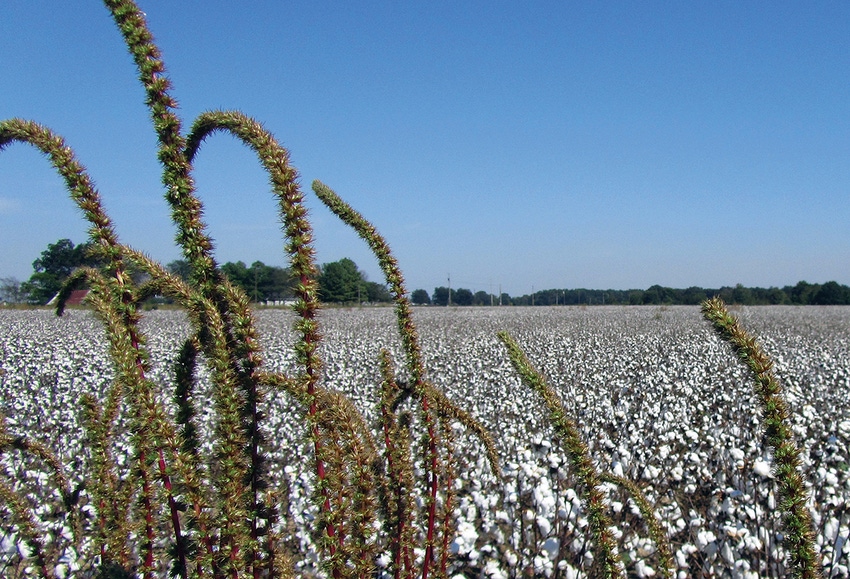June 29, 2016

If you are into pest management in agriculture, this era is certainly a frustrating one. We are losing herbicides and insecticides to resistance at an unprecedented rate. To control Palmer amaranth in many fields, we are down to only one herbicide, Liberty, that can be used postemergence in soybeans or cotton.
If we were just trying to work through pesticide resistance issues that would be enough. However, we now have to struggle with politics against science.
I do not know if you have noticed, but there is an unprecedented move to totally disregard sound science and remove all pesticides from agriculture. There has been an ongoing assault by so-called “environmental” groups that really has not found much traction until recently. It seems that they have finally obtained enough critical mass to have an impact through the court system and the EPA.
Just in the last year or so, they have successfully halted the label for the insecticide Transform and are trying to cancel the registration of Belt. In the herbicide arena they have been very active: likely new restrictions on paraquat; Cotoran under review; proposed extensive restrictions on dicamba use in Xtend crops; and delaying registration of the Enlist herbicide trait.
Just when you thought that they couldn’t pile on any more, last week the EPA announced a review of atrazine shows it now poses a significant risk to the environment, birds and animals.
This seems very curious to me as just four years ago, when the EPA reviewed essentially the same studies, they announced atrazine did not pose a significant risk to the environment. What changed after 58 years of atrazine use with no major issues and thousands of lab and field studies that showed it to be safe?
I fear this is another example of politics trumping science. What I do know is those of us in the Mid-South can ill afford significant restrictions on atrazine, let alone an outright ban. Corn is now a major crop in the Mid-South and the main weed we are trying to control is glyphosate-resistant Palmer amaranth. The HPPD-inhibitors (Callisto, Impact, Armezon and Laudis) will provide control of Palmer if it is very small, but once it gets 3 inches tall or so, a tankmix of atrazine with an HPPD-inhibiting herbicide is the only sure way to control it.
Moreover, there is confirmed Palmer amaranth resistant to the HPPD-inhibitors and to atrazine in the Midwest, but when the two are mixed together they still control Palmer. If atrazine is out of the equation, corn will suddenly become a poor rotation crop with soybeans or cotton to reduce the Palmer amaranth soil seed bank.
Of course, dicamba and 2,4-D could be tank-mixed with an HPPD-inhibiting herbicide to help control Palmer in corn. However, both of those herbicides will be used to control pigweed in cotton and soybeans. How long will they be effective on Palmer if they have to be used extensively in cotton, soybeans and corn? A snowball in a hot place comes to mind!
We are a small part of the population of the United States, but we need to be heard. You can comment to the EPA on the atrazine and other reviews, and it would be good if you let your opinion be known.
I assume the environmental group folks have no idea what will happen if they are eventually successful. Synthetic pesticides started in the 1940s. The earth population then was about 1.8 billion. The earth population today is 7.4 billion and the United Nations predicts that in just eight years it will be 8 billion.
There is no way we can feed all those people without these safe and effective pest management technologies like herbicides and insecticides integrated with cultural practices. If we take the pesticides out of the picture we will have a lot of hungry people wanting answers in the future.
You May Also Like




